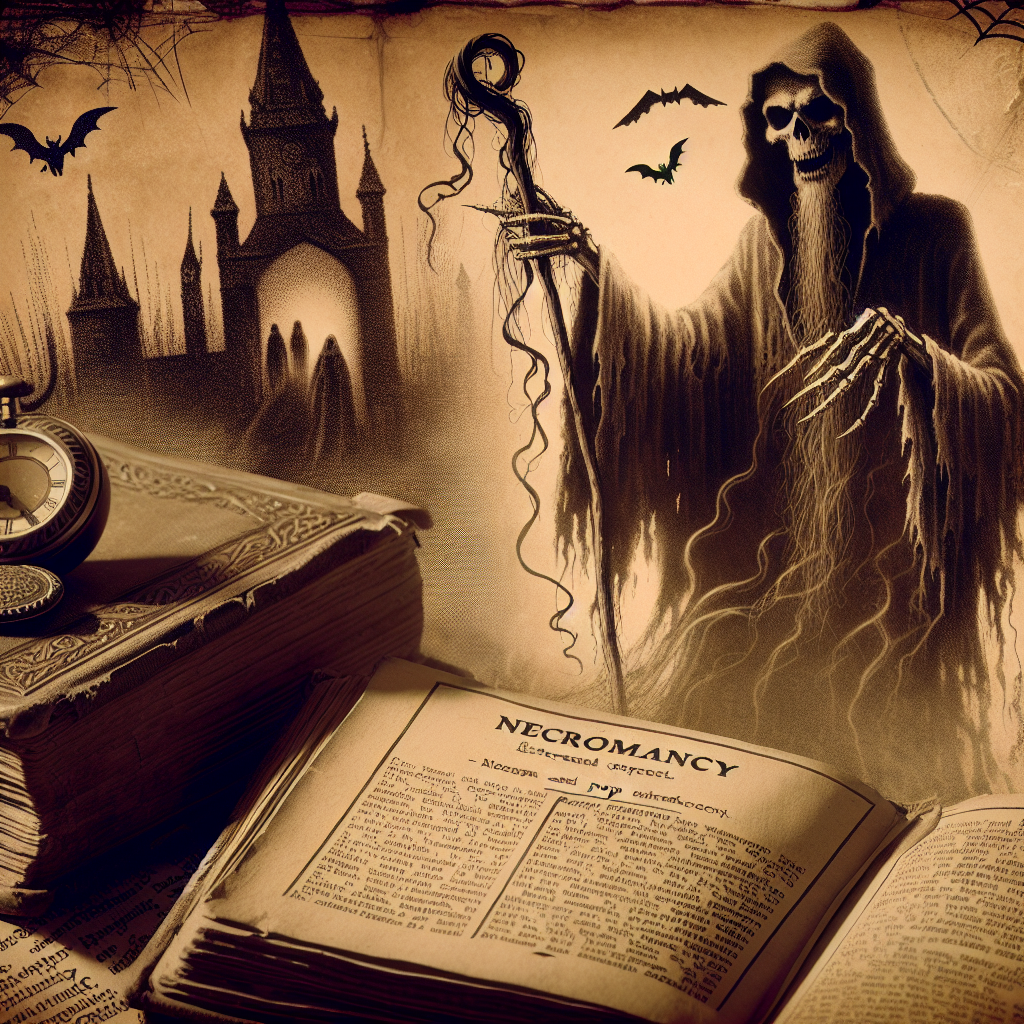Necromancy, the practice of communicating with the dead, has long been a fascination in literature and pop culture. From the works of Shakespeare to the world of Harry Potter, necromancy has been portrayed in various ways, often as a dark and forbidden art.
In Shakespeare’s play “Hamlet,” the character of the Prince of Denmark encounters the ghost of his father, who reveals that he was murdered by his brother, Hamlet’s uncle. This encounter with the supernatural sets off a chain of events that ultimately leads to tragedy. The ghost in “Hamlet” can be seen as a form of necromancy, as it involves communicating with the dead to uncover hidden truths and seek revenge.
In other works of literature, necromancy is often depicted as a dangerous and morally questionable practice. In Mary Shelley’s “Frankenstein,” Victor Frankenstein uses his knowledge of science to bring the dead back to life, with disastrous consequences. The novel explores the ethical implications of playing god and dabbling in the realm of the dead.
In the world of Harry Potter, necromancy is portrayed as a dark and forbidden magic. The character of Voldemort, the series’ main antagonist, uses necromancy to achieve immortality and gain power over death. He creates Horcruxes, objects that contain a piece of his soul, in order to cheat death and live forever. The use of necromancy in the Harry Potter series serves as a cautionary tale about the dangers of seeking power at any cost.
Despite its dark connotations, necromancy continues to captivate audiences in literature and pop culture. Whether it is used to explore themes of mortality, morality, or the supernatural, necromancy remains a compelling and enduring trope in storytelling. Its presence in works ranging from Shakespeare to Harry Potter serves as a reminder of the enduring fascination with death and the afterlife.


Leave a Reply